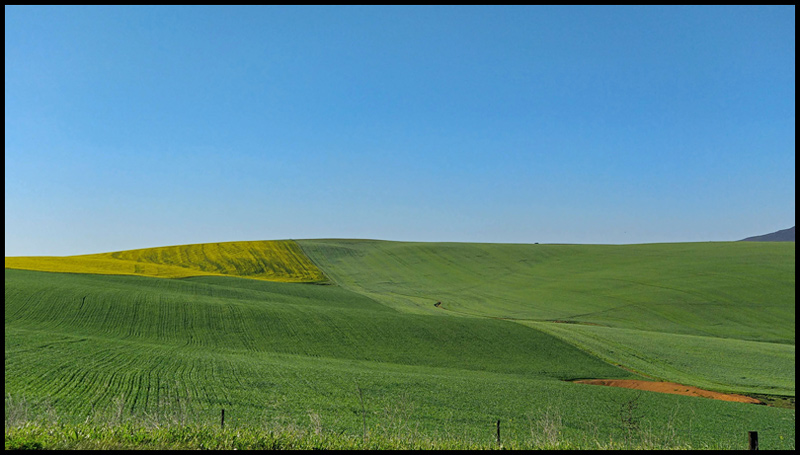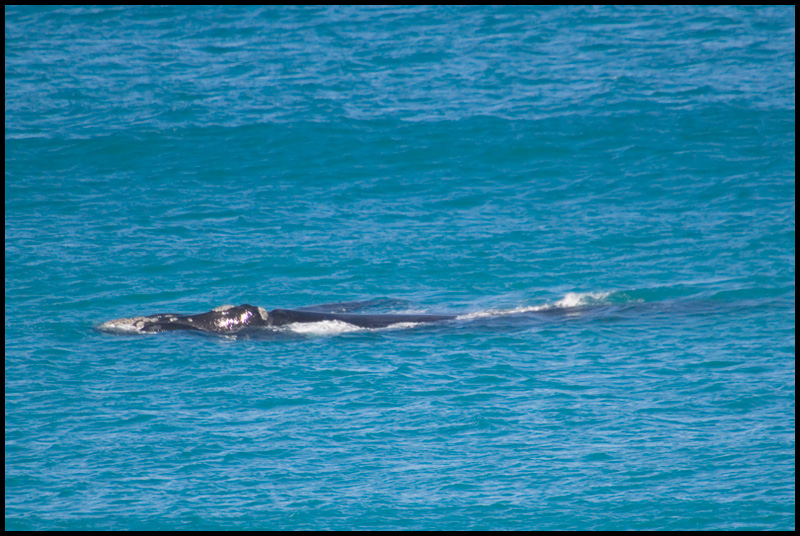Etapas del viaje / Trip sections:
La Reserva Natural De Hoop es un destino favorito para excursionistas, así como para observadores de aves y ballenas. El Área Marina Protegida es una de las más grandes de África, constituyendo un importante santuario para una amplia y fascinante variedad de vida marina. Llegamos desde Hermanus y las primeras observaciones las hicimos por la carretera R316, principalmente antes de Napier, y por la carretera sin asfaltar que une la R319 desde Bredasdorp hasta la entrada de la reserva.
De Hoop Nature Reserve is a favourite destination for hikers, bird watchers and whale watchers. The Marine Protected Area is one of the largest in Africa, providing a sanctuary for a vast and fascinating array of marine life. We arrived from Hermanus and we made the first observations on the R316 road, mainly before Napier, and on the unpaved road that joins the R319 from Bredasdorp to the entrance of the reserve.
La crónica completa del viaje en eBird, incluyendo el mapa y la lista de aves observadas, se puede obtener pinchando en este
enlace.
The complete eBird trip report, including map and the list of bird species can be seen in this link.
Mapa de la provincia de Western Cape (en azul punto visitado el día 13 de agosto) / Visited locations (in blue that visited on august 13th)
Campos en la R316 antes de Napier / Fields in the road R316 before Napier (Ovenberg, Sudáfrica)
Cuervo de El Cabo / Cape crow (Corvus capensis)
Campos en la R316 antes de Napier / Fields in the road R316 before Napier (Ovenberg, Sudáfrica)
Grulla del Paraíso / Blue crane (Anthropoides paradiseus)
Campos en la R316 antes de Napier / Fields in the road R316 before Napier (Ovenberg, Sudáfrica)
Avutarda cafre / Denham's bustard (Neotis denhami)
Busardo augur meridional / Jackal buzzard (Buteo rufofuscus)
El habitat en la entrada de la reserva está formado principalmente por el fynbos. El fynbos está adaptado al fuego y la sequía, y se caracteriza por la presencia de cuatro tipos principales de vegetación: proteas, ericas, restios y geofitos. En esta zona abundaban los antílopes, entre los que se encontraban los elands de El Cabo, bonteboks, papiones chacma, y los pelea.
Habitat at the entrance of the reserve is mainly formed by the fynbos. The fynbos is adapted to fire and drought, and is characterized by the presence of four main types of vegetation: proteas, ericas, restios and geophytes. This area was rich in antelopes, including common elands, bonteboks, chacma baboon, and rheboks.
De Hoop Nature Reserve (Ovenberg, Sudáfrica)
Eland de El Cabo / Common eland (Taurotragus oryx)
Eland de El Cabo / Common eland (Taurotragus oryx)
Secretario / Secretarybird (Sagittarius serpentarius)
Y en la costa se dejaron ver unas 9 ballenas francas australes, además de alcatraces de El Cabo.
And in the coast we saw around 9 southern right whales and several Cape gannets.
De Hoop Nature Reserve (Ovenberg, Sudáfrica)
Ballena franca austral / Southern right whale (Eubalaena australis)
De Hoop Nature Reserve (Ovenberg, Sudáfrica)
Ballena franca austral / Southern right whale (Eubalaena australis)
Alcatraz de El Cabo / Cape gannet (Morus capensis)
Papamoscas fiscal / Fiscal flycatcher (Sigelus silens)
Bulbul de El Cabo / Cape bulbul (Pycnonotus capensis)
La lista completa de especies observadas en la reserva propiamente (23 de aves y 5 de mamíferos) y su localización se pueden ver en este
enlace.
The complete list of species observed in the reserve (23 bird species, 5 of mammals) and its location can be seen in this link.

























































